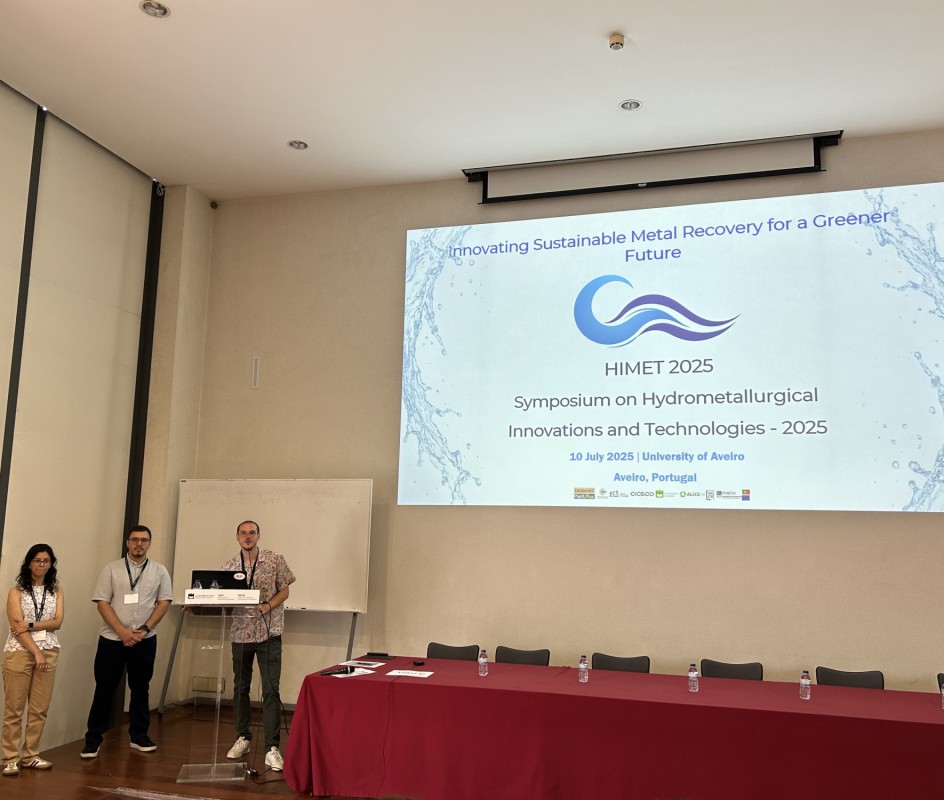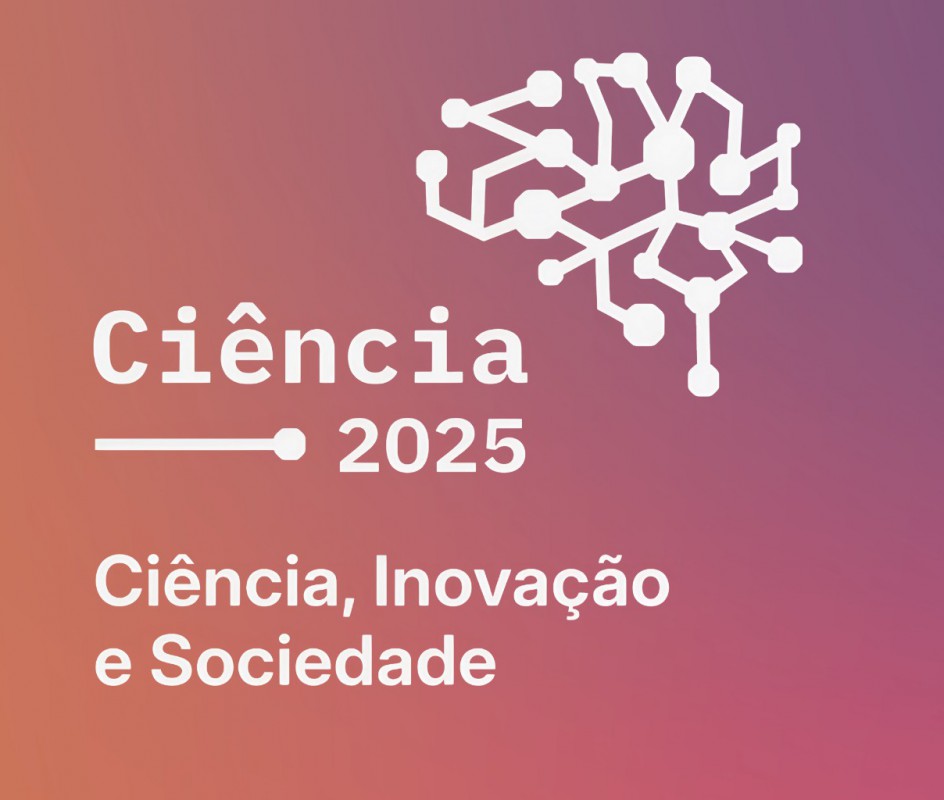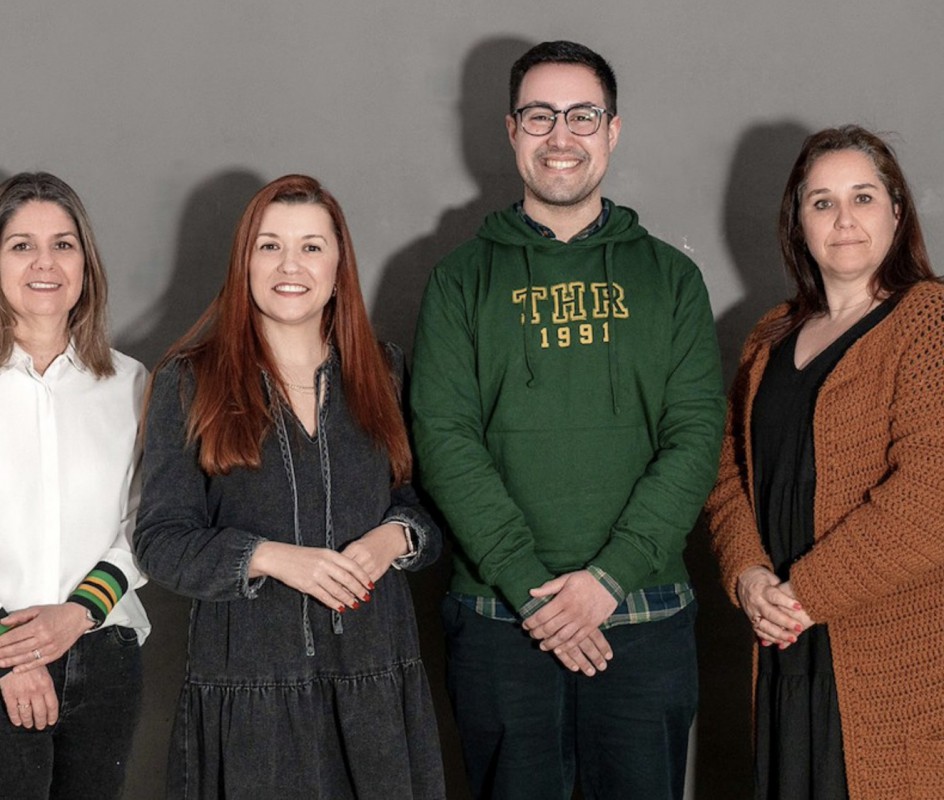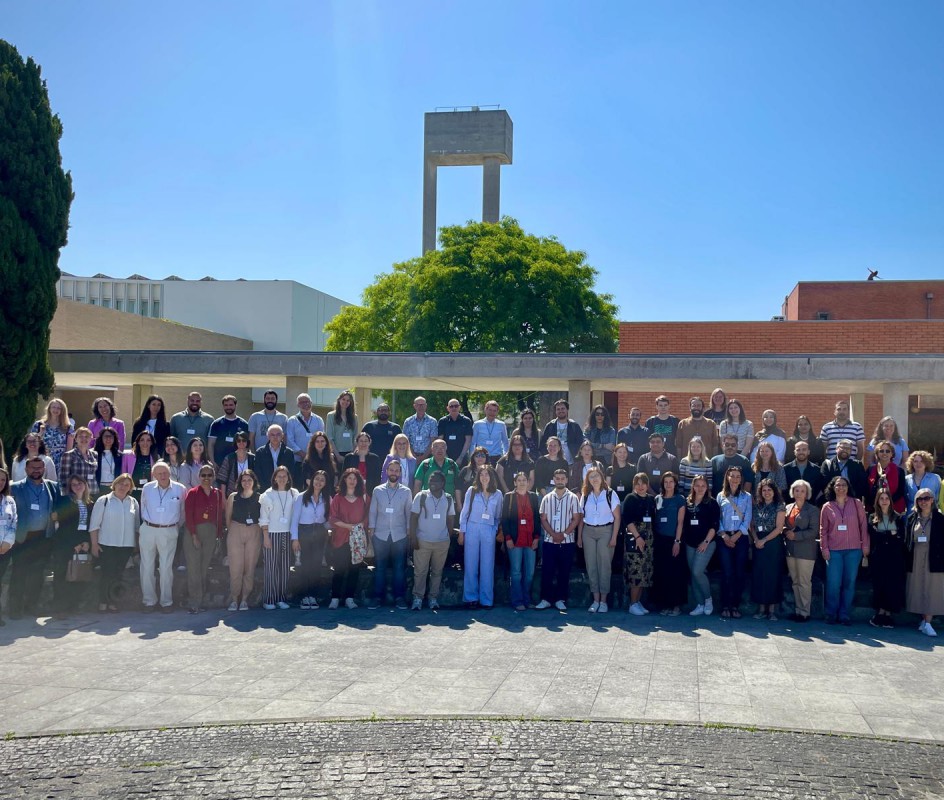
A team of researchers from CICECO, University of Aveiro (UA) has just released that graphene, when combined with silica, has piezoelectric properties. This is a material which may revolutionize the technology of the future industry because of its strength, lightness, transparency and flexibility as well as being a great conductor of electricity. The discovery of graphene piezoelectricity, meaning the capacity to generate electrical energy by simple compression of the material, it opens up the possibility, for example, a new generation of mobile phones and microwave circuits that can operate at an unprecedented speed and quality. The discovery was published June 25 in Nature Communications, one of the most important scientific journals in the world.
“It is expected that this discovery will lead to a new era in the use of graphene in microelectromechanical devices," predicts Andrei Kholkin. The researcher of CICECO and Department of Physics (and before Department of Materials and Ceramic Engineering), and leader of the research team, explains that "since graphene is very thin and flexible, it is anticipated the offers of many advantages over the traditional piezoelectric materials".
The investigator points, for example, that from this discovery "of the piezoelectric resonant frequency can be taken into the range of gigahertzs with an unprecedented quality factor". Andrei Kholkin has no doubts: "This can be very useful for mobile phones of new generation or microwave circuits".
Graphene, whose study gave the Nobel Physics Prize, in 2010, to Andre Geim and Konstantin Novoselov, scientists at the University of Manchester, England, is an material entirely made of carbon atoms that are arranged in a hexagonal and organized in a flat network.
"This material has exceptional properties" explains Andrei Kholkin stressing "the ability to conduct electricity and the heat but providing 100 times higher mechanical strength when compared to steel which is lighter".
A future made of graphene
The graphene already have many applications in the solar cell industry, liquid crystal devices, sensors and molecular transistors manufacture prototypes for nanoscale dimensions. "But until now had not yet been assigned piezoelectric properties, despite numerous attempts by the international scientific community, seeking to break its symmetry reversal by introducing structural defects," explains the leader of the research team that reported a “strong piezoelectric effect in graphene monolayers deposited on silicon oxide.”
The measurement of piezoelectric capability in the graphene was carried out at the UA where, explains Andrei Kholkin, "a method called highly sensitive piezoelectric force microscopy has been implemented and developed."
The research published in Nature Communications, developed in collaboration with the University of Campinas (Brazil) and the Ural Federal University (Russia), explains the strong piezoelectric effect by aligning the bonds between the carbon and oxygen atoms in graphene interface with silicon oxide." These connections become polar and its contraction or stretching over the electric field results in a large piezoelectric effect, which is approximately twice than the conventional piezoelectric materials such as barium titanate or PZT" indicates Andrei Kholkin.
Besides Andrei Kholkin, the UA research team that offer the world a new property of graphene includes the researchers Gonçalo Cunha, Sergey Luchkin and Konstantin Romanyuk. The research developed at CICECO was funded by the European project "Nanomotion", coordinated by Andrei Kholkin, uniting seven different academies, research institutes and companies from Portugal, Germany, United Kingdom and Ireland.
Related Articles
We use cookies for marketing activities and to offer you a better experience. By clicking “Accept Cookies” you agree with our cookie policy. Read about how we use cookies by clicking "Privacy and Cookie Policy".













